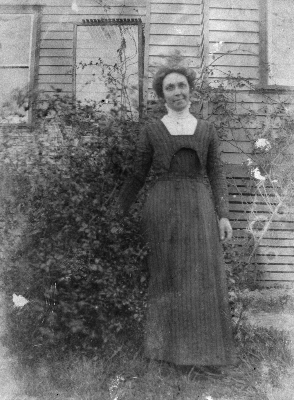Quilt No.762PHM - Powerhouse Museum

2140 x 1660mm
The maker was Elizabeth Garrett , born Elizabeth Butler about 1870 and died 1946. It was made about 1910 at Box Hill Melbourne. The quilt was passed from Elizabeth Garrett to her daughter Elsie Garrett Hanna, and then to Elsie's daughter Mrs. Val Skinner of Mosman. Val Skinner gave the quilt to the Australian Costume and Textile Society and it subsequently came to the Powerhouse Museum when the ACTS collection was transferred there in 1983. It is used for research and exhibition purposes only.
"The family landed at Portland and joined the gold rush; later they moved to James Street, Box Hill, where this quilt was made and later still moved to the bush outside Melbourne. Elizabeth was one of seven girls and one boy and was the dressmaker for the family. Elizabeth was married and had three children at the time the quilt was made, around 1910. Her first daughter Elsie was born in 1893."
"In January 1986 Val Skinner, the maker's granddaughter, said that everyone in the family used the quilt when they went camping and that later on, when they could afford to buy bed covers, it went under the bed." [PHM]

Related Quilts:
1620 x 1360mm
2080 x 1650mm
1410 x 1080mm
1400 x 925mm
1860 x 1730mm






